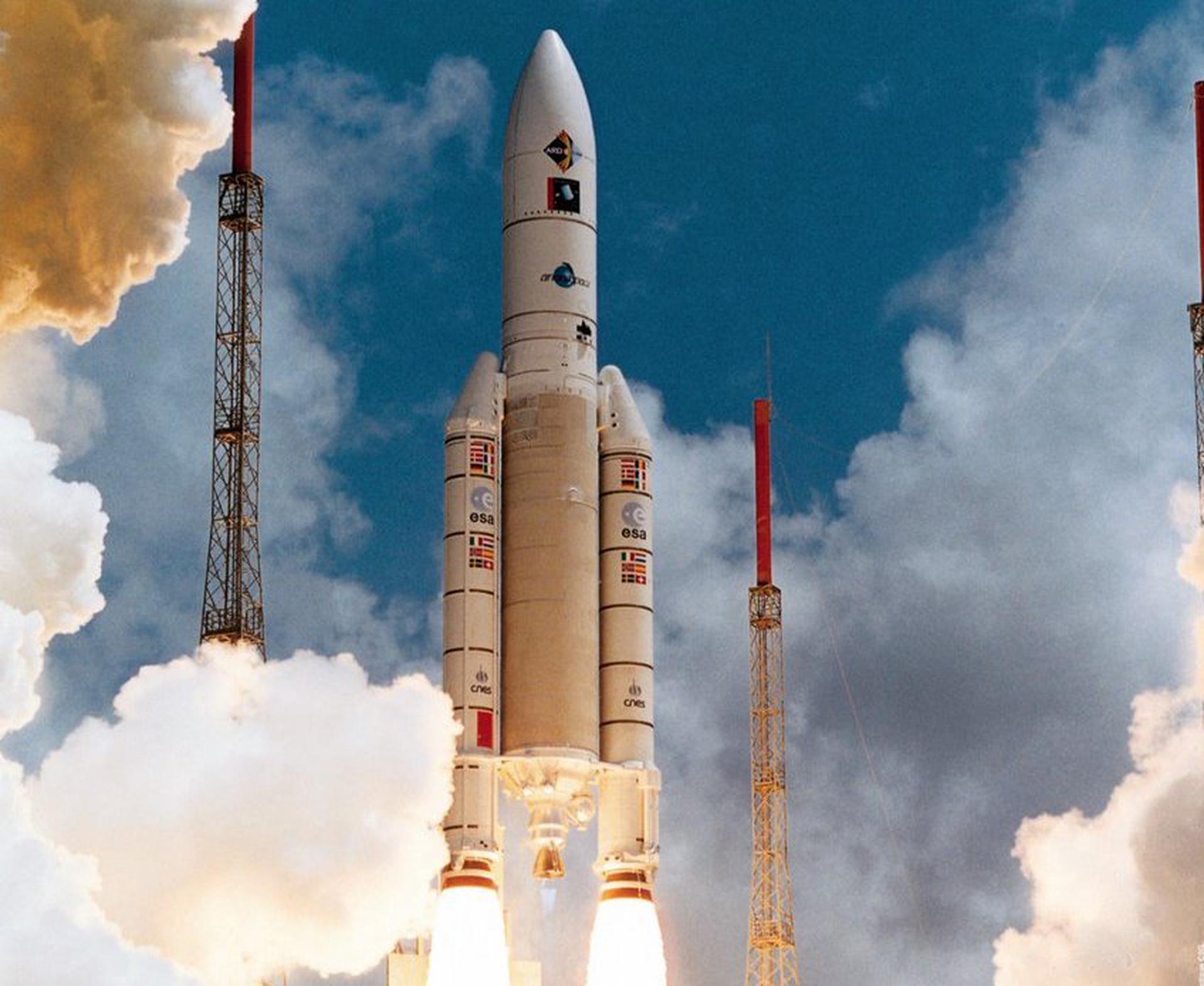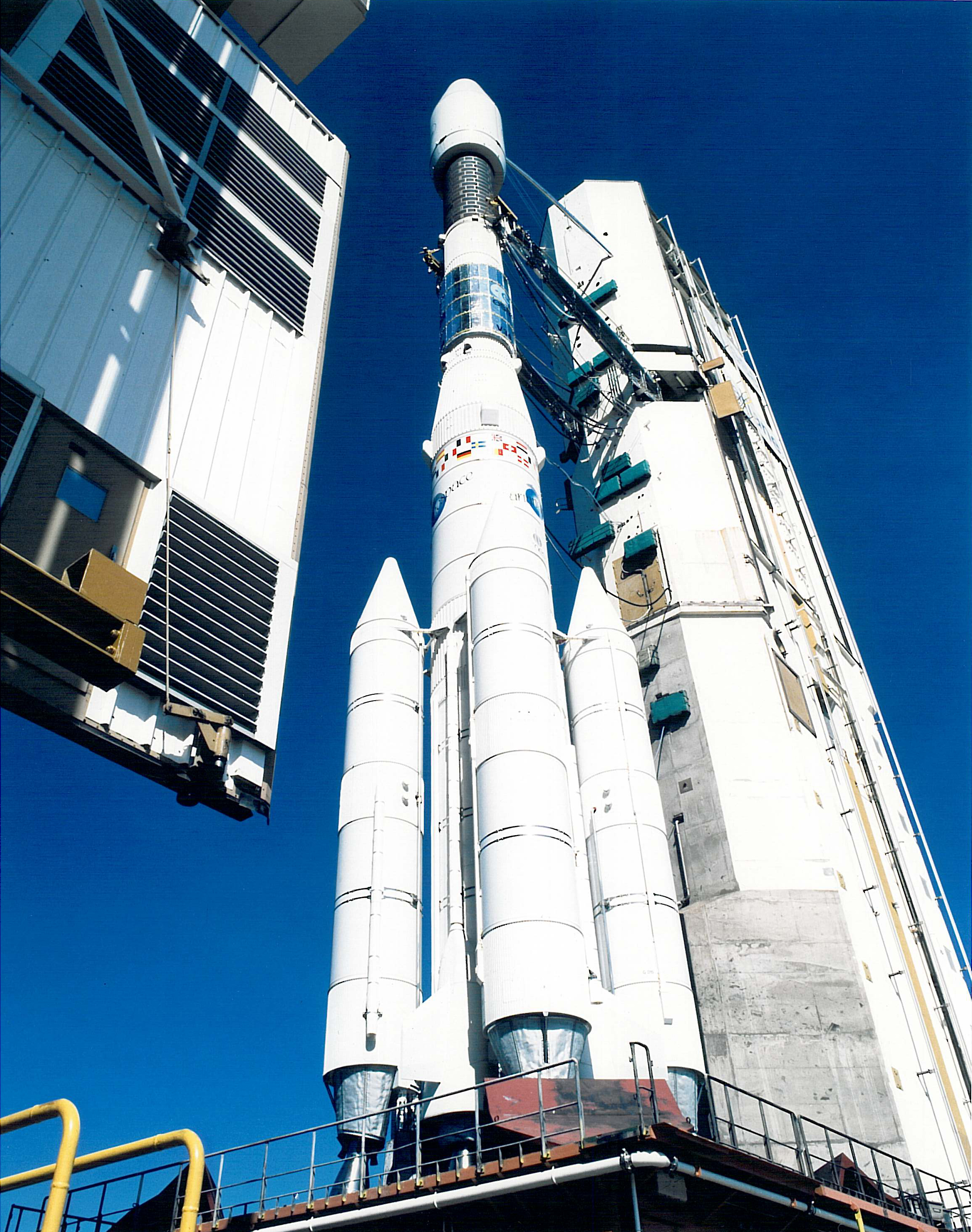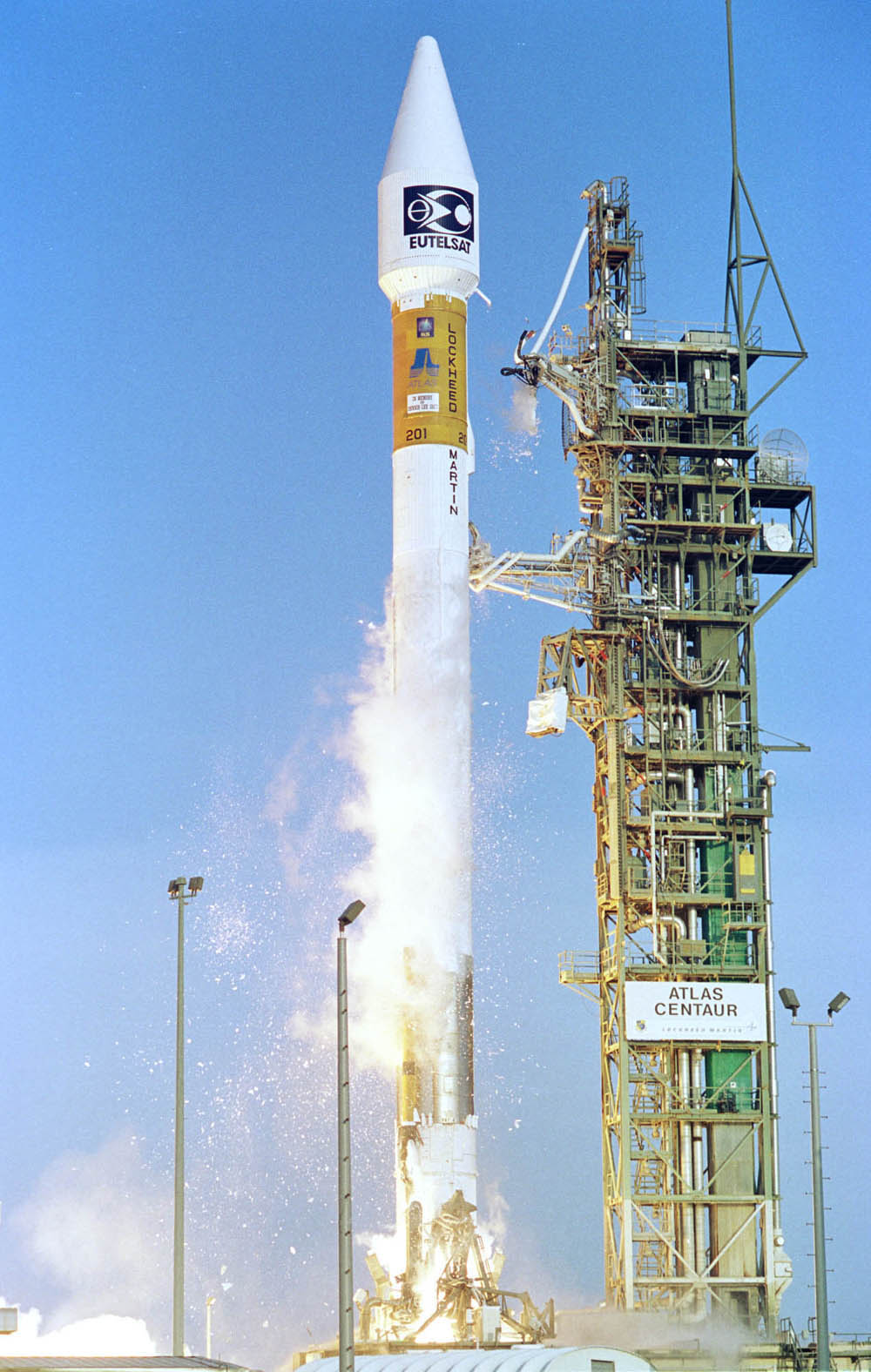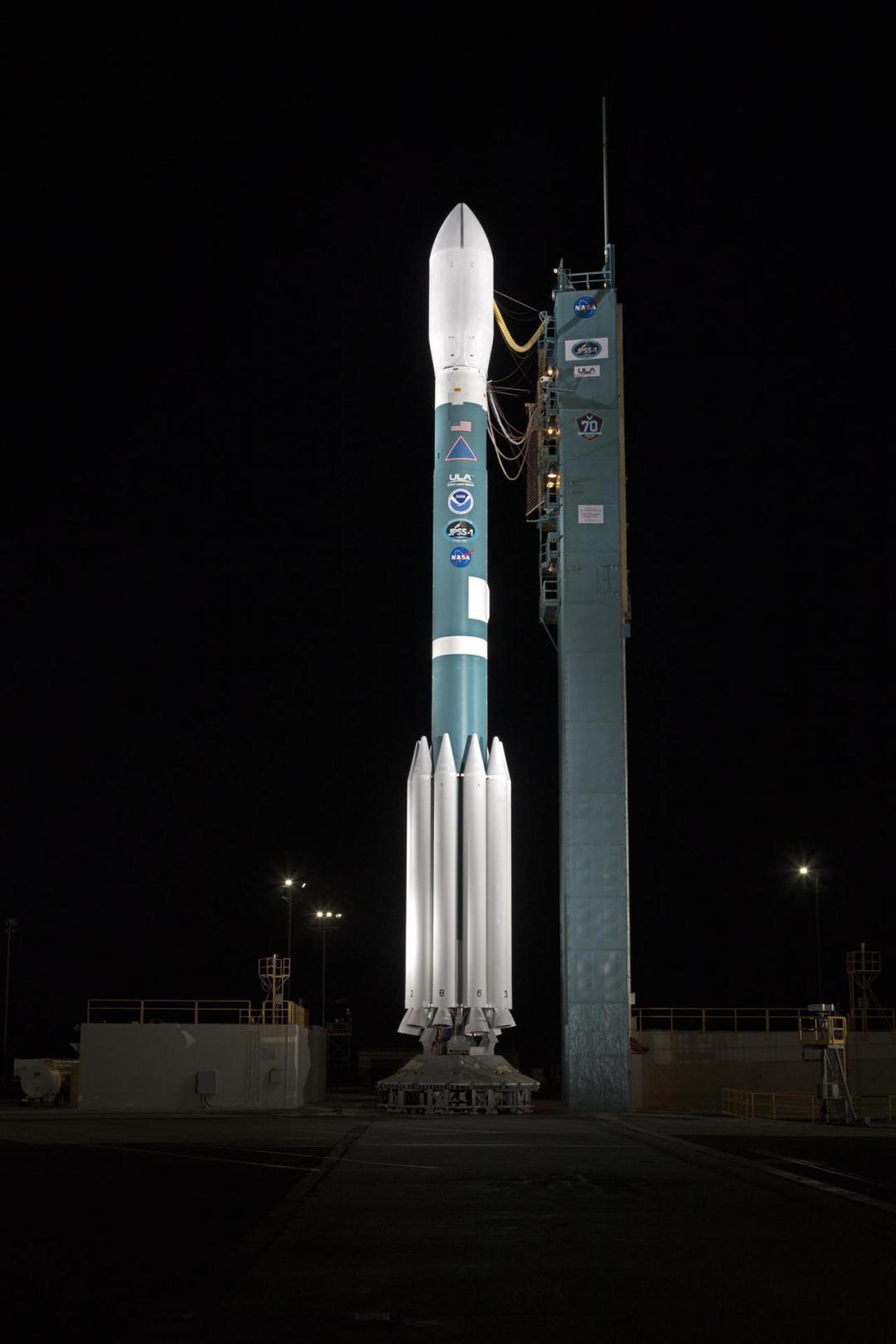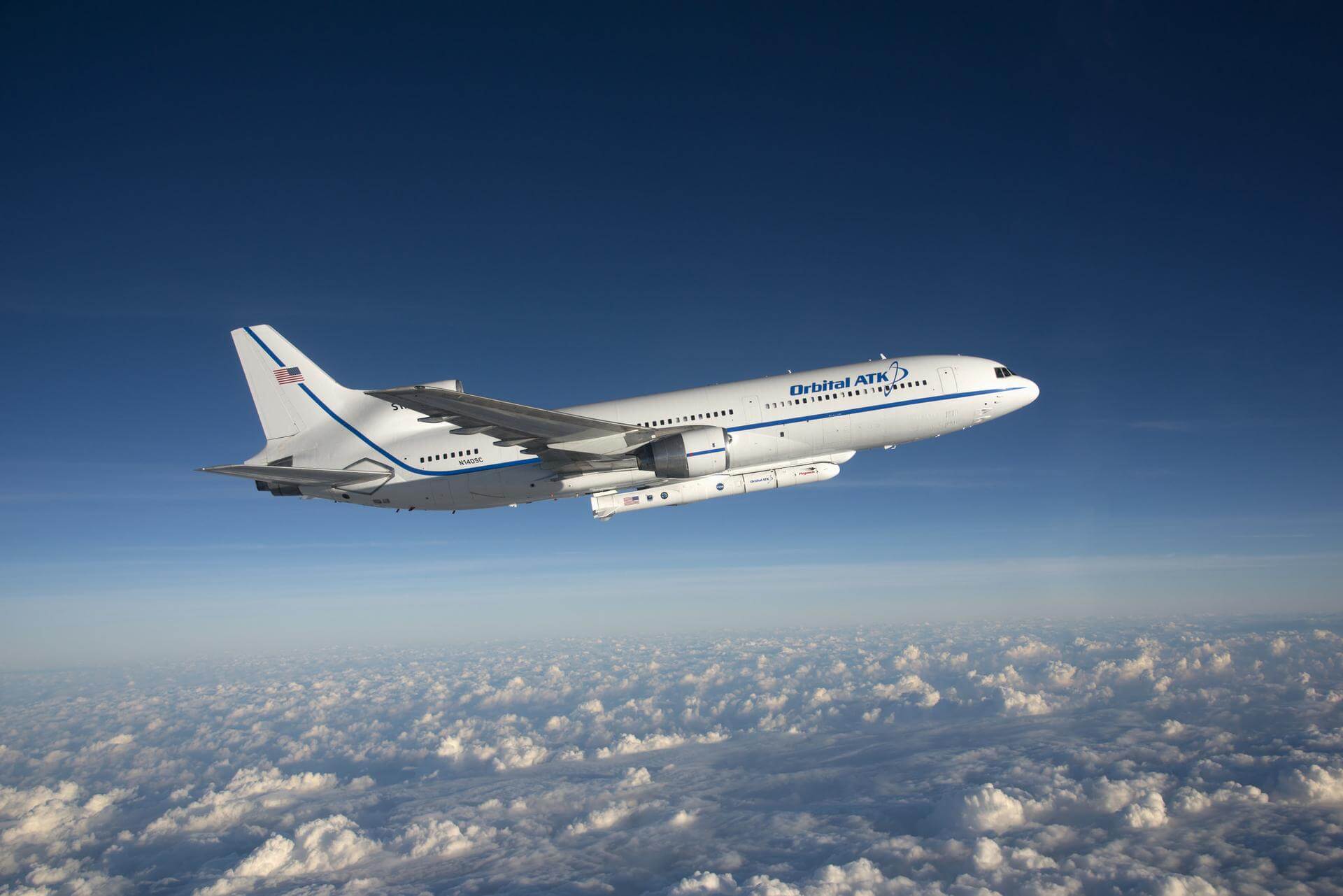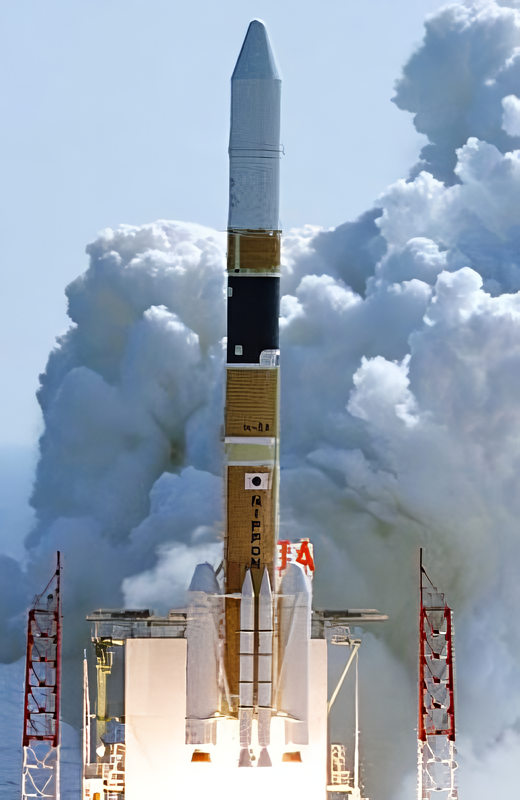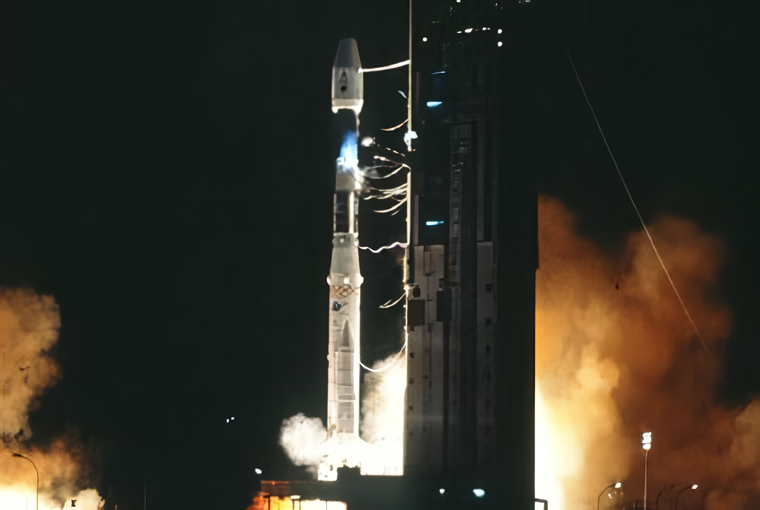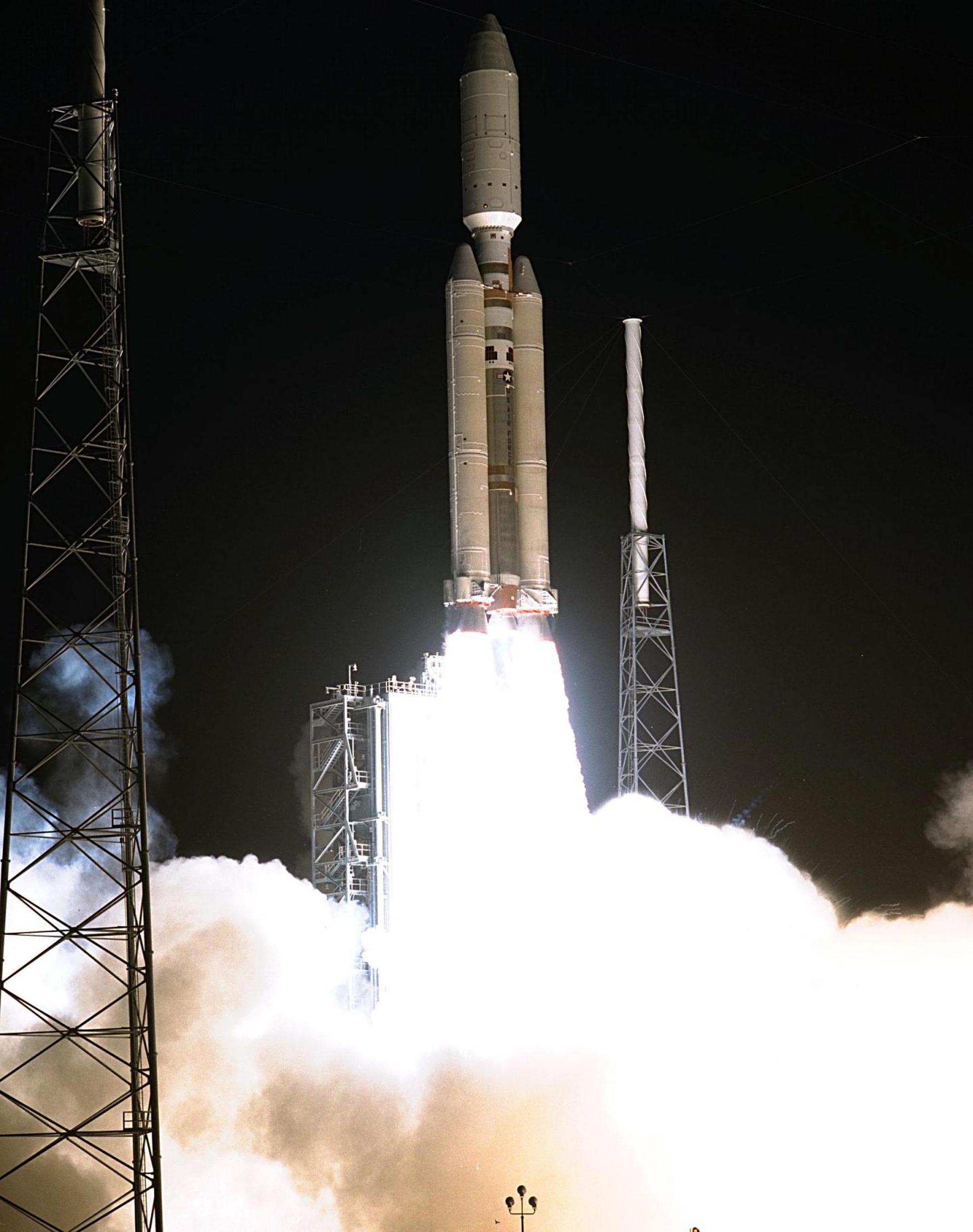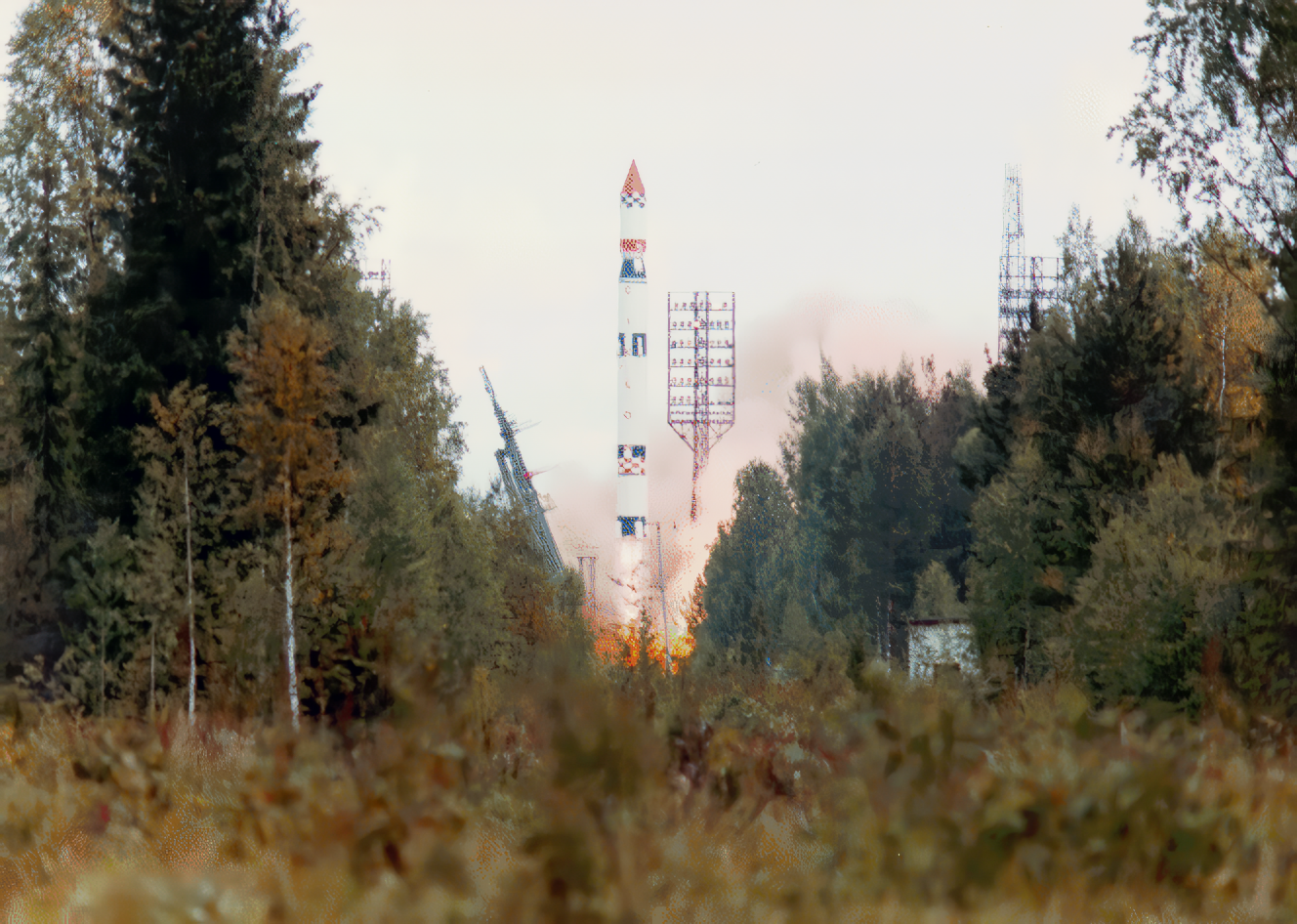Previous Spaceflight Launches
Filter by Agency, Locations or Vehicles
Show All LaunchesAriane 5 G | Envisat
ArianeGroup | FranceGuiana Space Centre, French Guiana
March 1, 2002, 1:07 a.m.
Soyuz-U-PVB | Yantar-4K2 81
Progress Rocket Space Center | RussiaPlesetsk Cosmodrome, Russian Federation
Feb. 25, 2002, 5:26 p.m.
Ariane 44L | INTELSAT 904
Aérospatiale | FranceGuiana Space Centre, French Guiana
Feb. 23, 2002, 6:59 a.m.
Atlas | Echostar VII
Lockheed Martin | United States of AmericaCape Canaveral SFS, FL, USA
Feb. 21, 2002, 12:43 p.m.
Delta II | Iridium 91
United Launch Alliance | United States of AmericaVandenberg SFB, CA, USA
Feb. 11, 2002, 5:43 p.m.
Pegasus XL | Reuven Ramaty High Energy Solar Spectroscopic Imager (RHESSI)
Orbital Sciences Corporation | United States of AmericaAir launch to orbit
Feb. 5, 2002, 8:58 p.m.
H-IIA 2024 | Tsubasa
Mitsubishi Heavy Industries | JapanTanegashima Space Center, Japan
Feb. 4, 2002, 2:45 a.m.
Status: Launch Successful
Mission:
MDS 1 (Mission Demonstration Satellite 1), renamed Tsubasa after launch, is a Japanese satellite that was launched by a H-2A-2024 rocket from Tanegashima Space Center at 02:32 UT on 4 February 2002. It was renamed Tsubasa (meaning Wings) after the successful launch.
Elliptical OrbitAriane 42L | Insat 3C
Aérospatiale | FranceGuiana Space Centre, French Guiana
Jan. 23, 2002, 11:46 p.m.
Status: Launch Successful
Mission:
Indian National Satellite (Insat) is a multipurpose space system for communication, broadcasting and meteorological services. Insat-3C, carrying Fixed Satellite Services (FSS) transponders, Broadcast Satellite Services (BSS) transponders and Mobile Satellite Services (MSS) transponders is intended to continue the services of Insat-2DT and Insat-2C which are nearing their end of life besides improving and augmenting the Insat system capacity. Insat-3C is the second satellite of the Insat-3 series.
Geostationary Transfer OrbitTitan IVB | Milstar 5
Lockheed Martin | United States of AmericaCape Canaveral SFS, FL, USA
Jan. 16, 2002, 12:30 a.m.
Status: Launch Successful
Mission:
Milstar (Military Strategic & Tactical Relay) is the tactical and strategic multiservice satellite system designed to provide survivable communications for U.S. forces worldwide. The program is managed by the U.S. Air Force Space and Missile Center.
Geosynchronous OrbitTsiklon-3 | Strela-3 128 to 130 & Gonets 10 to 12
Yuzhnoye Design Bureau | UkrainePlesetsk Cosmodrome, Russian Federation
Dec. 28, 2001, 3:24 a.m.
Status: Launch Successful
Mission:
Gonets- satellite were the civilian derivate of the military Strela-3 satellite system. The Gonets system was offered to support international health organizations to meet their global communications needs for the transfer of medical data and records to remote sites. Strela-3 was second generation of strategic store-dump military communications satellite. Development of this generation to replace the first generation Strela-1M and Strela-2M satellites began in 1973.
Low Earth Orbit